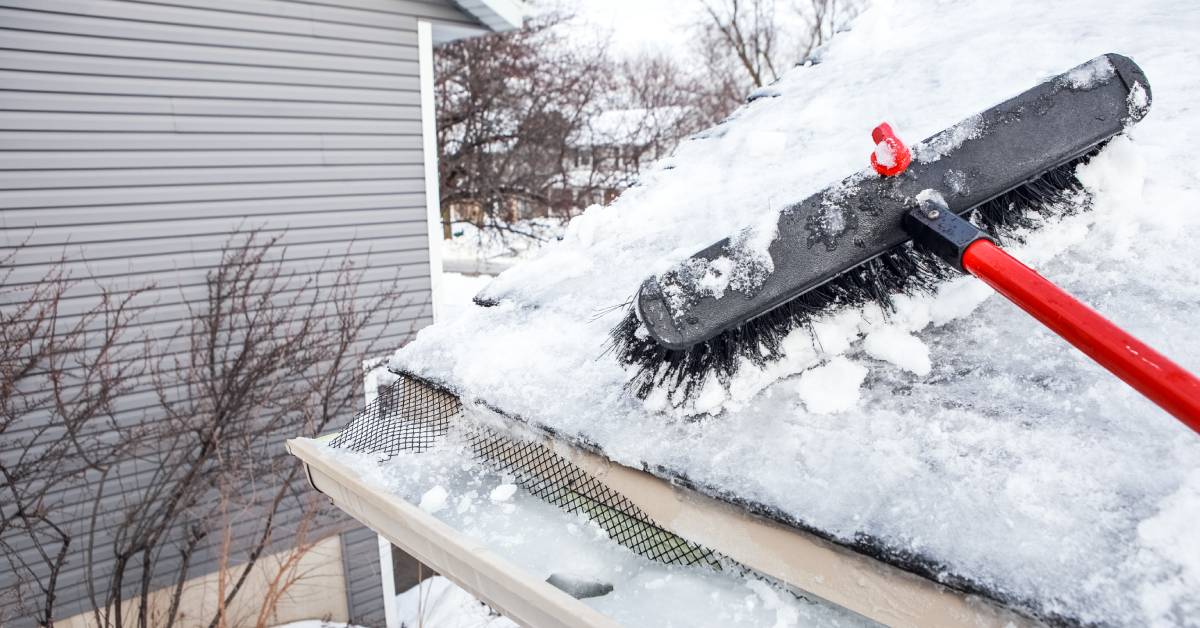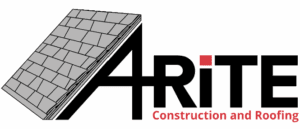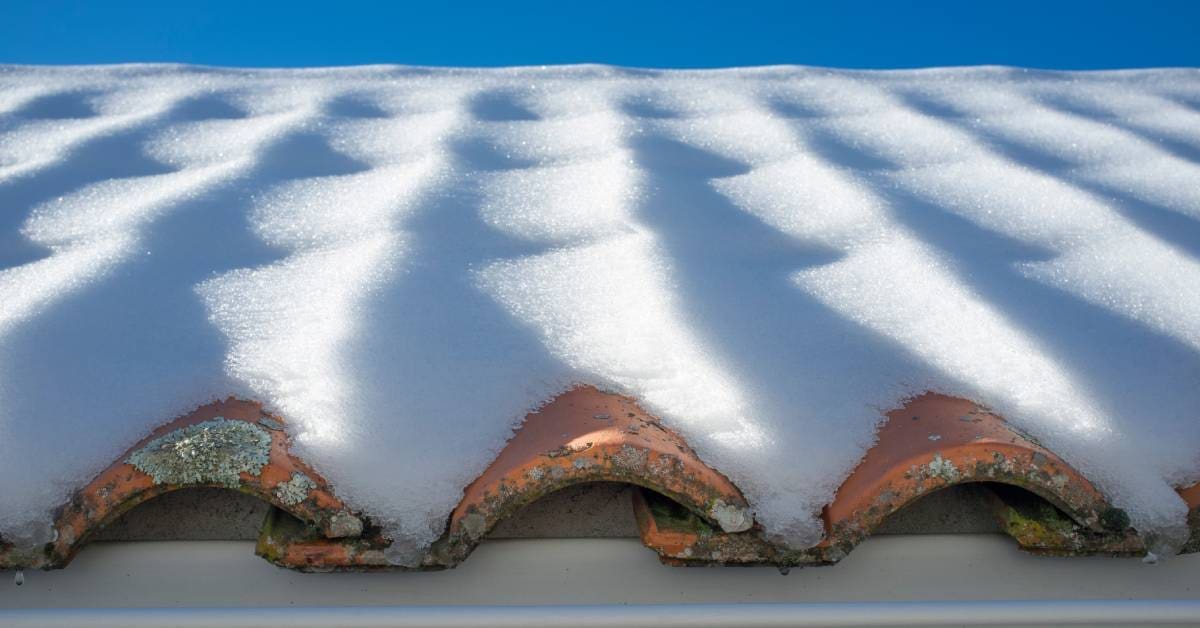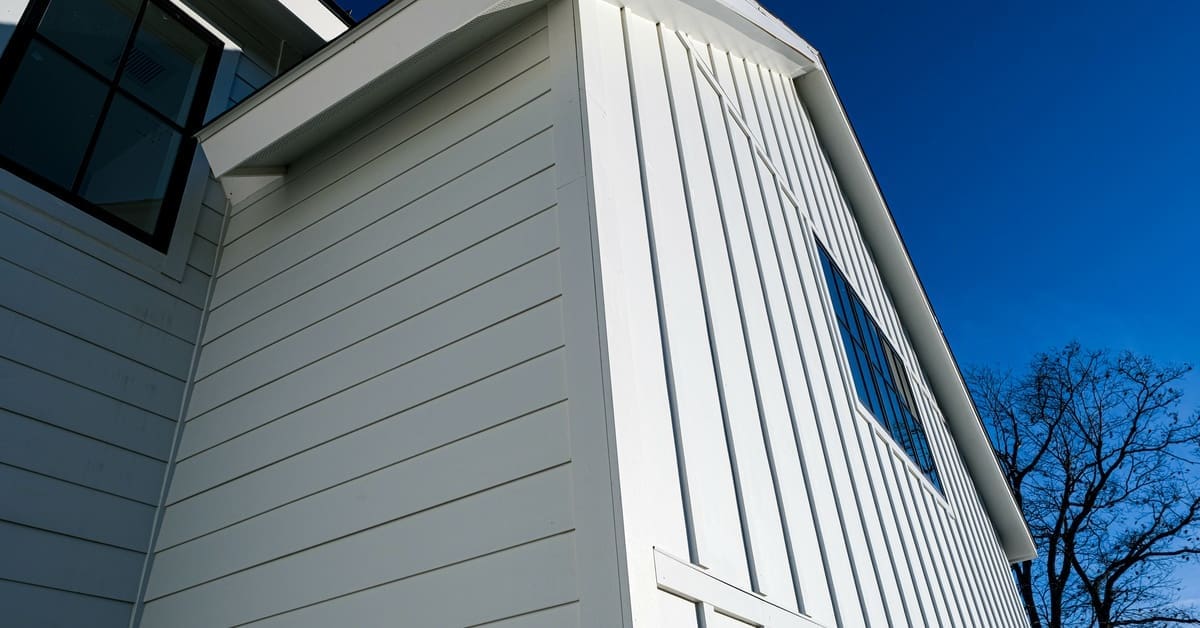Winter in Wisconsin is a beautiful sight but brings challenges that homeowners must tackle, such as ice dams. While the immediate concern is the potential for roof damage, ice dams lead to more insidious problems such as mold and mildew. Here are some ways ice dams lead to mold and mildew in your home and how to prevent it.
How Ice Dams Form
Understanding ice dam formation is crucial for any homeowner. They typically occur when heat escapes from your living space, warming the roof and causing snow to melt. This melted water flows down the roof and refreezes at the colder edges, forming a dam.
The cyclical nature of melting and refreezing, combined with heavy snow accumulation, facilitates ice dam creation. Wisconsin’s winters make these formations a common site, and your home will likely encounter these issues later in the season.
The Impact of Ice Dams on Homes
Ice dams compromise your home’s structural integrity, leading to expensive repairs if you don’t promptly address them. An ice dam lifts shingles, allowing more water to seep underneath and damage the roof deck. The water from an ice dam may seep into your home’s lower infrastructure and affect the walls and insulation on the upper floors.
Beyond the roof and walls, ice dams affect your home’s overall safety by increasing the risk of mold and mildew growth. Addressing ice dams is essential to mitigate these potential hazards and maintain your home’s safety and value.
Water Seepage and Roof Damage
Your home’s shingles keep moisture from entering and causing damage to its physical structure. The water seepage of ice dams infiltrates the lifted shingles and damages roofing materials, leading to costly repairs.
Moisture trapped beneath the shingles creates conditions ripe for rot and decay in wooden structures, especially when combined with the heat emanating from your home’s interior. Over time, the mold and mildew that form weaken your roof, leading to leaks and potentially extensive interior water damage. Preventing ice dams is crucial to protecting your roof’s longevity and functionality.
Attic Moisture Accumulation
Ice dam leaks can increase humidity levels in your attic, promoting moisture build-up. This damp environment is ideal for mold and mildew, which thrive in warm, humid settings. As you generate more heat in your home, which rises to the top, the humidity, mold, and mildew worsen.
Excess moisture also compromises the items stored in your attic, resulting in further losses as they become covered in mildew. Managing attic humidity is essential for maintaining a healthy home and preventing mold-related issues. Implement effective ventilation and insulation to control attic moisture levels, such as ridge or roof vents.
Wall Insulation Compromise
Ice dams also saturate your home’s wall insulation, significantly reducing its effectiveness. Wet insulation loses its ability to retain heat, causing you to use more energy and decreasing comfort.
Furthermore, damp insulation creates a habitat for mold and mildew within wall cavities, affecting air quality and causing long-term structural damage. Ensuring dry, well-maintained insulation is vital for preventing mold growth.

Ceiling and Wall Staining
The melting ice from dams leads to unsightly stains on your ceilings and walls. These stains indicate underlying water damage caused by mold and mildew on your home’s infrastructure. The moisture builds up as these stains darken, causing more damage. Prolonged exposure to moisture leads to weakened drywall and potential structural issues.
Keep an eye on your walls during the winter. Address stains early to prevent extensive repairs and preserve your home’s appearance.
Promoting Mold and Mildew Growth
Ice dams create ideal conditions for mold and mildew, with stagnant water promoting their growth. These fungi prefer dark, damp environments, making damp attics and walls perfect places to grow. Ice dams form from a leaky interior heating system; the mold and mildew grown from the moisture damage the insulation and cause you to turn up the thermostat.
Mold and mildew can quickly spread, affecting indoor air quality and health by spreading spores. The presence of these organisms can exacerbate allergies and respiratory issues from the muggy air quality, making their removal a priority. Preventing ice dams helps to control these conditions and deters growth.
The Hidden Dangers of Mold and Mildew
Mold and mildew pose serious health risks, especially for respiratory patients. Exposure can lead to symptoms such as coughing, sneezing, and asthma attacks. Prolonged exposure affects the respiratory health of household members, especially young children and older adults.
Mold spores also infiltrate HVAC systems, spreading throughout the home. The air can hold more moisture, increase humidity and promote more growth in other areas, as more of these particles spread. Eventually, this increased humidity affects present ice dams growing in your home as more heat causes the snow and ice to melt.
Identifying Early Signs of Ice Dam Problems
Detecting ice dams prevents extensive damage. Look for icicles forming along your roof’s edges and gutters, which signal dam development from melted water. You may notice melting snow in other areas of your home, but the gutters aren’t releasing water; they are most likely frozen over from ice that melted and refroze. Inside your home, water stains on ceilings or walls are red flags indicating a leak. Regular roof inspections help identify potential issues before they worsen.

Preventive Measures for Ice Dams
Effective prevention strategies can help your gutters avoid forming ice dams. Proper insulation minimizes heat loss, keeping your roof cool and snow where it belongs. Ventilation ensures warm air doesn’t accumulate in your attic, reducing melting risk. Schedule regular roof maintenance before and after the winter, including clearing snow and debris, to prevent damage unbeknownst to you. Implementing these measures safeguards your home against ice dam-related issues.
Professional Solutions for Ice Dam Mitigation
Sometimes, professional intervention is necessary to effectively address ice dam issues. Our experts at A-Rite Construction & Roofing assess your home’s insulation and ventilation, identifying areas for improvement.
We will quickly remove the dam so it’s no longer a burden on your home. Our professionals provide thorough ice dam removal services, ensuring you feel comfortable and safe all winter. Hiring us is a long-lasting solution to protect your home and peace of mind.
Long-Term Home Maintenance Tips
Regular maintenance is key to keeping your home mold-free. Schedule routine inspections to catch potential issues early and perform necessary repairs.
Ensure you insulate and ventilate your home to prevent moisture build-up. Stay proactive with gutter cleaning and roof maintenance to minimize ice dam risks. Make sure you call on us to schedule ice dam removal service if you notice them forming on your roof and in your gutters.
Ice dams are more than a winter nuisance; they can lead to significant home damage and mold issues. Consider how ice dams cause mold and mildew to form in your home and implement preventive measures to protect your property. Regular maintenance and professional assistance ensure long-term safety and comfort while waiting for spring.




